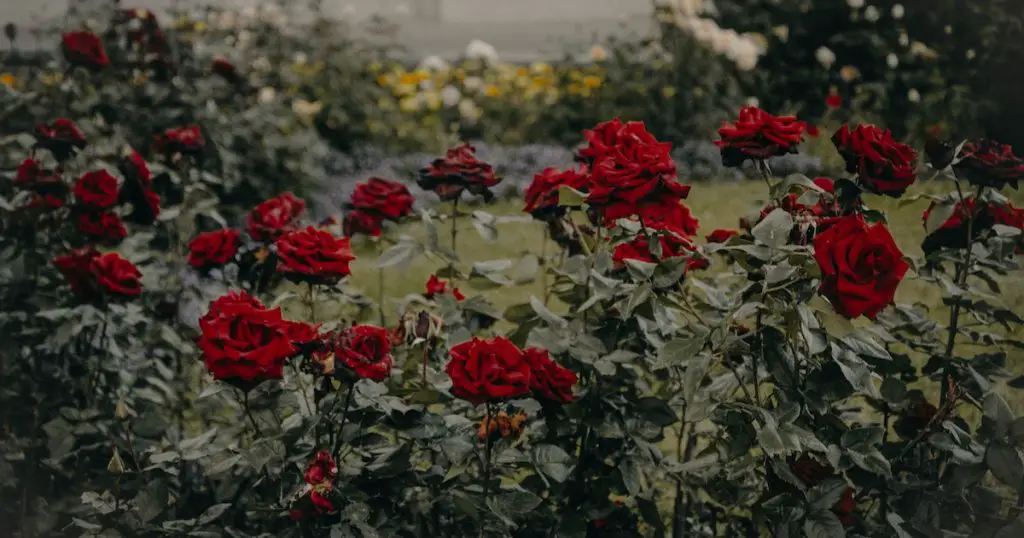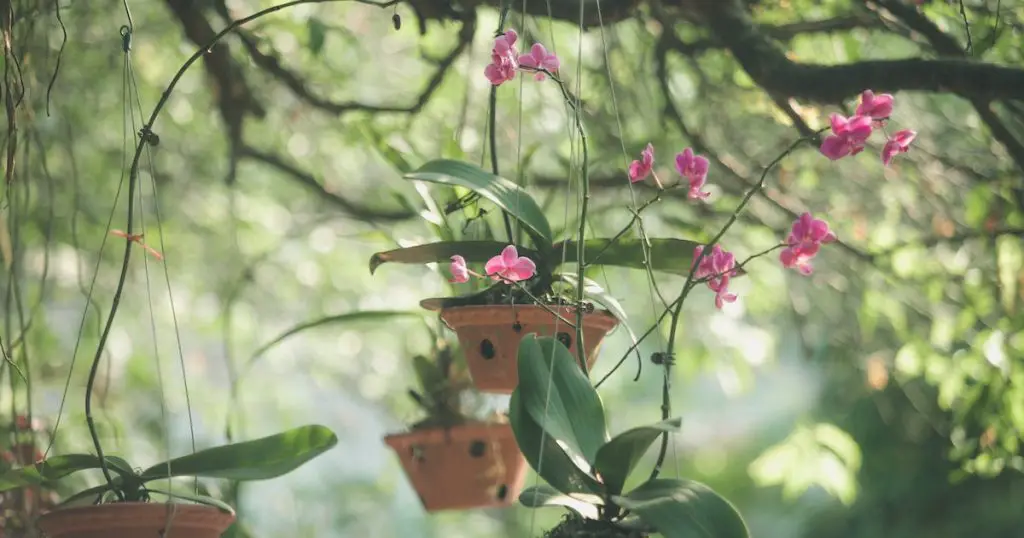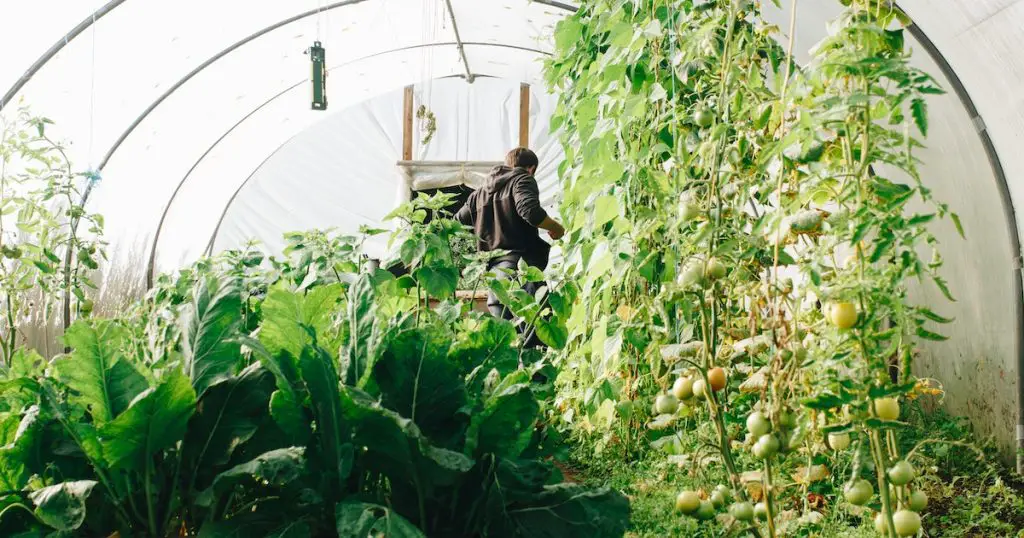Tucked away in Arizona lies the city of Prescott, a haven boasting its native flora. In recent years, botanical gardens have magnified the region’s beauty by focusing on its endemic species.

Botanical gardens featuring Prescott’s native flora offer not only an eye-catching panorama but also play a pivotal role in conserving and educating about these precious plants. Join me on this journey to discover the treasures they hold.
Historical Context of Botanical Gardens in Prescott
The story of botanical gardens in Prescott begins centuries ago. Initially, these green spaces were cultivated for the sheer pleasure of enjoying nature. As travelers and botanists discovered new plant species, gardens evolved into repositories, showcasing nature’s bounty.
Over time, the gardens’ objectives expanded. No longer just spaces of beauty, they morphed into centers of learning, research, and conservation. With an emphasis on native flora, they allowed visitors to delve into Prescott’s ecological tapestry. According to Botanical History Archives, Prescott’s gardens have been integral in preserving the city’s green heritage, ensuring it doesn’t vanish amidst urban expansion.
Anatomy of a Botanical Garden
Botanical gardens are not merely collections of plants. They’re carefully designed ecosystems, where each element holds significance. Winding paths beckon visitors, leading them on a voyage of discovery, while greenhouses nurture delicate specimens requiring special conditions.
Water features, whether tranquil ponds or cascading waterfalls, add another dimension to the landscape. Besides their aesthetic appeal, they foster diverse habitats. In Prescott, many native species have found sanctuary in these garden waters, turning them into thriving biotopes.

Understanding a garden’s microclimate is vital. Factors like soil quality impact the well-being of its residents. A healthy garden reflects meticulous attention to the balance of nutrients in its soil. Additionally, ensuring the right temperature and moisture levels is paramount, particularly when cultivating sensitive species. Some gardens employ advanced soil monitoring systems to ensure optimal growth conditions.
Noteworthy Native Plants in Prescott’s Botanical Gardens
Prescott’s botanical gardens are teeming with native wonders. Dominating the landscape are majestic Ponderosa Pines, their height making them easily recognizable. Apart from providing shade, they play a vital role in local ecosystems.
Then, there’s the Manzanita, a shrub whose bark – a fascinating deep red hue – has made it a photographer’s favorite. Not only are they visually striking, but their berries are a significant food source for local wildlife.
Wildflowers bring bursts of color, their blooms marking the passage of seasons. From vibrant sunflowers to subtle desert marigolds, their hues paint the gardens. Many of these are pollinator-friendly, attracting bees, butterflies, and birds. The role of grasses shouldn’t be underestimated. They stabilize soils and provide habitats for various creatures.
No discussion about Prescott’s flora is complete without mentioning cacti and succulents. These hardy plants have evolved to thrive in harsh conditions. They’re a testament to nature’s adaptability, with some species storing water for years. Their sustainable nature is highlighted in various conservation efforts, emphasizing the importance of preserving these natural reservoirs.
The Role of Botanical Gardens in Research and Conservation
Botanical gardens are not just about display; they’re hubs of scientific inquiry. Researchers dive into the mysteries of plant genetics, hoping to unlock secrets that can benefit agriculture or medicine. With state-of-the-art labs, gardens in Prescott are at the forefront of plant science research.
In the fight against plant diseases and pests, botanical gardens stand as sentinels. By monitoring plant health, they can detect early signs of infestations or diseases, facilitating timely interventions. This proactive approach has saved numerous species from potential extinction.
Prescott’s gardens are also actively involved in conservation. Recognizing the threats many plants face, these gardens have established seed banks, ensuring the survival of endangered species.
The propagation of plants, especially those with dwindling populations, is another aspect of their conservation efforts. Partnering with organizations like The Plant Conservation Alliance, they aim to restore and protect the region’s botanical legacy.
Educational Opportunities in Prescott’s Botanical Gardens
Learning and botanical gardens go hand in hand. Throughout the year, Prescott’s gardens offer workshops catering to both novices and seasoned gardeners. Topics range from basic botany principles to advanced horticultural techniques.
For those keen on sustainable practices, sessions on eco-friendly gardening methods are a boon. These workshops not only impart knowledge but also emphasize our responsibility towards Mother Earth.
Interactive exhibits are another draw. Tailored for younger audiences, children’s gardens fuse fun with learning. Kids can get their hands dirty, planting seeds or understanding the life cycle of butterflies. The fusion of technology has further enriched the experience. Virtual tours allow visitors to explore remote sections, while augmented reality apps offer a deep dive into plant biology.

The Cultural Impact of Botanical Gardens
Gardens are more than just repositories of plants; they’re cultural melting pots. Over the years, they’ve become social hubs, places where communities come together to celebrate and relax.
Art is an intrinsic part of this cultural blend. Sculptures, nestled amidst the greenery, provoke thought and encourage introspection. Rotating art exhibitions showcase the work of local artists, further cementing the bond between nature and art.
Photography enthusiasts find endless inspiration in these gardens. The interplay of light and shadow, the myriad textures, and the spectrum of colors provide a canvas for stunning compositions. Many gardens, including those in Prescott, have collaborated with National Geographic for exhibitions, further highlighting their significance in the art world.
Where are Botanical Gardens Heading?
Change is the only constant, and botanical gardens are no exception. Technological advancements are reshaping the way these spaces operate. Smart irrigation systems, which optimize water use based on real-time data, are becoming standard.
Similarly, analytics tools monitor plant health, enabling gardeners to take preemptive action. The integration of such technologies ensures that gardens remain sustainable, even in the face of changing climatic conditions.

Another significant trend is the push towards increasing biodiversity. While native flora remains the focus, introducing new species (after rigorous testing) can offer ecological benefits. Collaborations with international botanical gardens facilitate plant exchanges, enriching the local plant tapestry.
Frequently Asked Questions: Botanical Gardens Featuring Prescott’s Native Flora
How can one volunteer or contribute to Prescott’s Botanical Gardens?
Most gardens have dedicated volunteer programs. Check their official websites for opportunities.
What is the best season to visit the gardens?
While each season has its charm, spring and early summer showcase the most vibrant blooms.
Are there any special events or exhibitions held annually?
Yes, gardens frequently host events, ranging from art exhibitions to plant sales. It’s best to consult their event calendar.
Summary
Prescott’s botanical gardens are a magnificent blend of nature, education, and conservation. Showcasing the region’s rich biodiversity, these gardens serve as vibrant educational hubs and vital research centers.
As they spotlight Prescott’s unique native flora, they remind visitors of the intricate ties binding humans to nature. These gardens are not just visual delights; they’re a call to action, urging us to protect and cherish our environment for future generations.



Leave a Comment
You must be logged in to post a comment.